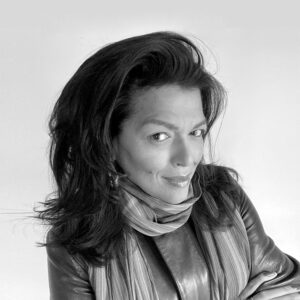How This NYC Teacher Helps Immigrant Students ‘Weave’ Community in a New Country
After immigrating at 16, Teacher of the Year Alhassan Susso now dedicates his life to shaping connections for teens & families who left all they knew
By Jo Napolitano | July 9, 2022This is one article in a series produced in partnership with the Aspen Institute’s Weave: The Social Fabric Project, spotlighting educators, mentors and local leaders who see community as the key to student success. See all of the profiles.
Long before he arrived in the U.S. at age 16 with just $20 in his pocket — and longer still before he rose to prominence as New York State’s 2019 Teacher of the Year — Alhassan Susso would watch and learn how his grandmother in Gambia helped others.
She had tremendous influence in the community because she knew everyone’s story, he said, and used those deep connections to work toward a greater good.
“She could recount seven generations of their families,” Susso said. “As a result, people listened to everything she said. I realized, if I know someone’s story well, I’m able to speak to them and understand them.”
Susso’s roots in his South Bronx school community do not stretch back quite so far but the 37-year-old social studies teacher has had a deep impact that spans from his current to his former students, their families and the impoverished neighborhood that surrounds them.
“He knows that we need him,” said Berena Cabarcas, Susso’s principal at International Community High School. “He is committed to our population.”
Susso’s students have stories that closely resemble his own. Soon after landing in Poughkeepsie, New York and being placed in 11th grade, Susso’s living arrangement with an older brother evaporated. He found himself on his own, working at a local grocery store to pay rent, squeezing in school and scrambling to do more than just survive.
Susso’s students, all of them in this country for less than four years and 99 percent living below the poverty line, come from across the world, with a majority hailing from Latin America, French West Africa and the Middle East. Taken together, they speak dozens of languages — including Wolof, spoken in Senegal; Fula, common in West Africa; French and Spanish — but are united in their struggle for assimilation and the fight for a better life.
“What they share is being new to this land and trying to figure out how to successfully navigate that,” Susso said. “My job is to help them weave through some of the complex challenges they might face and make sense of their new home.”
Adama Bah, a 17-year-old senior who hails from Guinea, takes inspiration from her teacher’s lived experience. Repeated hardships and a series of personal tragedies meant that Susso had to set aside his own ambitions in America to help his family back home, delaying him from graduating college and beginning his career until his late 20s.
“If he did it, then I can too,” Bah said, adding that every step she takes toward success creates a model for her younger sister.
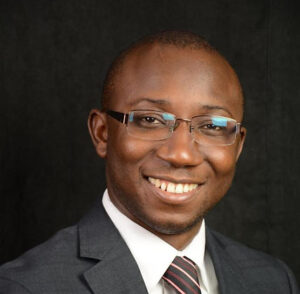
Susso starts his immigrant students on the path to college and future accomplishment in his now-famous Morning Class, an 8 a.m. gathering whose exceptional results are part of the reason he was named Teacher of the Year. Meeting an hour before school begins, he imparts lessons on everything from time management to personal finance, from mastering mindsets and emotions to creating vision boards and crystallizing goals. Students also get intensive instruction on interpersonal communication skills and leadership.
“I was writing an essay for a college class and was really struggling,” said senior Anarosa Encarnacion. “He teaches us to improve our writing and communication every day. But you need to come with a specific question: He makes you think about your work. You can’t just ask for the intro or the hook. You have to be specific.”
In 2015, when the class was first offered, 29 students attended and all went on to college, Susso said. The following year, 42 attended the class and 40 went to college. The Morning Class has since been replicated by his fellow teachers and is now a required course. While other factors are also at work, International Community High School’s graduation rate went from just 31 percent in 2013 to 83 percent the year before the pandemic.
One part in a community process
Graduating and going onto college can change the trajectory of a student’s life — and their families. But there are also pressing needs in the larger community, including persistent poverty and the threat of crime, that require here-and-now solutions.
To that end, Susso has paired his classroom work with broader efforts across the community, partnering with outside organizations like Sauti Yetu, which works to empower low to “no-income” immigrant women; Peace December, which seeks to curb violence in the Bronx and beyond; and the Center for Urban Pedagogy, which collaborates with designers, educators, advocates and students to explain complex policy issues. Susso’s students work — and learn — beside him in these campaigns that broaden their world view and uplift their neighbors.
Susso helped Sauti Yeti develop a curriculum meant to promote healthy relationships and combat teen pregnancy and allowed the organization to collect data from his students who agreed to serve as a focus group. That information then helped to inform workshops for women and girls all over the Bronx.
Students volunteered for years to organize Peace December’s annual conference, setting up the meeting space, serving as ushers and absorbing critical messages meant to help combat the crime that sometimes prompts their fearful parents to keep them indoors.
“In Africa, we get to be outside, be kids and play around,” said Amy Samb, a 17-year-old senior from Senegal. “Here, you can’t: There are always cars coming … and there is so much violence, (parents) would rather us be in the house. We don’t really get to be kids.”
The Center for Urban Pedagogy invited Susso’s class to examine several urgent issues, including immigration. For that project, he had his students fan out into the South Bronx to interview residents about the undocumented: Their efforts culminated in a pamphlet students distributed throughout the community explaining the rights of U.S. citizens and non-citizens.
The Center later shifted its focus to food stamps and the minimum wage. Just as he did with immigration, Susso required students to ask community members, including local business owners, about the proposed hike to $15 an hour. Such exchanges are critical, Susso said: His students cannot properly work on behalf of others unless they understand their needs. Just as his grandmother did.
“The people you are advocating for,” he said, “you want them to be part of the process instead of subjects of the conversation. It is always important to talk to community members to find out what they think about the issue we think they need help with. Instead of being the expert on this issue, you are learning about it and providing meaningful feedback.”
The comfort of keeping in touch
Some 100 former students showed up at the school on the day that Susso was announced 2019 Teacher of the Year. Among them was Fatou Boye, 24 and a preschool teacher at P.S. 96 in the Bronx.
Boye graduated from high school in 2016 and credits her former teacher for helping her identify and work toward her goals, particularly through his Morning Class.
“It made me who I am today,” she said. “I’m very responsible because of the Morning Class. I learned time management, budgeting, finance, how to be successful in college, how to be accountable for my time.”
Susso and his students are bound together for life, which is why so many remain in contact long after graduation. Six years post-high school, Boye still considers Susso a trusted mentor.
“It is mandatory for me, at least once or twice a month, to call him, keep him updated about my life, what I’m thinking of doing,” she said. “He gives me advice … and when I’m stressed and need to release, I just call him. I keep in touch because of the comfort. With all of his experience, he has a lot to bring to his students.”
Boye still makes vision boards for herself and shares them with him when she’s done. And Susso has helped her in other ways, too, she said: As the only girl in her family, Boye was accustomed to soaking up everyone’s attention, a tendency that made her a less than ideal classmate. Susso noticed this and found a way to reset her thinking, she said.
“He really helped me understand people,” Boye said. “When I was in high school, he printed out a book for me: How to Win Friends & Influence People. We went through it for hours, talking about it. Slowly, he started molding me into a better person to interact with my classmates. To this day, when he reads a good book and he likes it, he’ll share it with me.”
Susso wants his students to collaborate with their peers and help others — the Morning Class also has a community service component where students have volunteered at area homeless shelters and raised money for cancer research. But he also desires for these young people to discover their own agency and capacity to be leaders.
“At some point in life, whether you’re a parent, a teacher, a boss at some organization, the president of a country,” he tells his students, “ you will be either a manager — managing every little thing people are doing, including your children — or you become a leader, in which you develop the skill of influence.”
In addition to offering life lessons inside the school, Susso has helped untangle misunderstandings at home. In one instance, a family was worried that their teenage daughter’s new job would jeopardize their food stamps. The girl, one of Susso’s students, enjoyed the responsibility and the money that came with it: She was heartsick when her mother pressured her to quit.
“After school, I went to the house to speak to the mom, and … at the end of the conversation, she had a better understanding,” he said. “Her daughter was not making enough for the family to no longer qualify for aid.”
That same student is now a Ph.D. candidate at Albert Einstein College of Medicine, conducting research on bone marrow treatment.
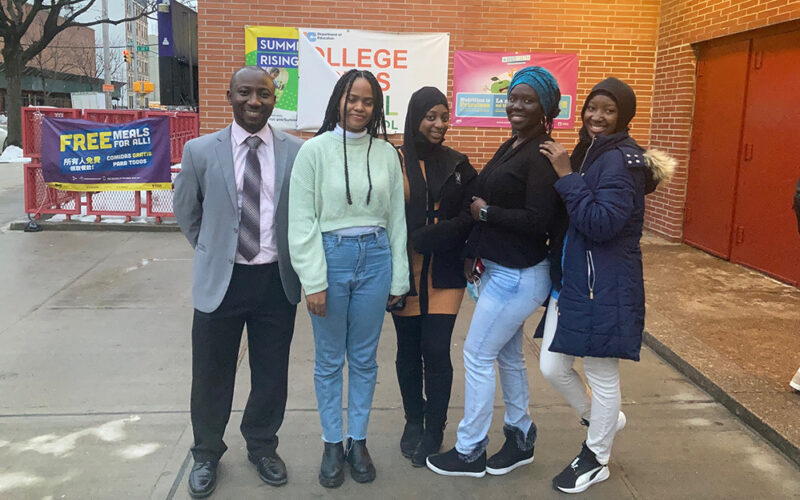
‘I know there are no accidents’
Two weeks before Susso’s high school graduation, he learned his grandmother, who had raised him and his siblings, had no place to live after her roof collapsed.
Though he was slated to begin community college in the fall, he put that dream on hold to pick up a second full-time grocery store job: For six years, he worked 4 p.m. to midnight at one location and midnight to 8 a.m. at another.
The schedule was grueling but allowed him enough money to build a house for both his grandmother and his mother. Finally, with that mission complete, he enrolled in college in 2008 when he was 23 years old. But that summer brought new tragedy: His 19-year-old sister contracted Hepatitis B and needed to come to the United States for treatment.
But the only way she’d be granted a visa was if the family could secure $25,000 toward her medical care. The situation seemed hopeless until one of Susso’s managers at Stop & Shop — he came from modest means but worked hard and saved money over the course of many years — offered to help.
“To my surprise, he said, ‘I’ll bring you the money tomorrow because there should never be a price tag on a human life,’” Susso recalled.
Ultimately, his sister’s visa application was denied and she succumbed four months later. Eight hours after her passing, Susso’s grandmother died of a heart attack.
The young man was devastated by both losses, but also motivated to help those who found themselves similarly stranded.
“Looking back now, I know there are no accidents,” he said. “This was my first year of college. I stopped all of my classes to be back home with my family. And then when I got back to the U.S., it became clear what I wanted to study: I wanted to become an immigration lawyer.”
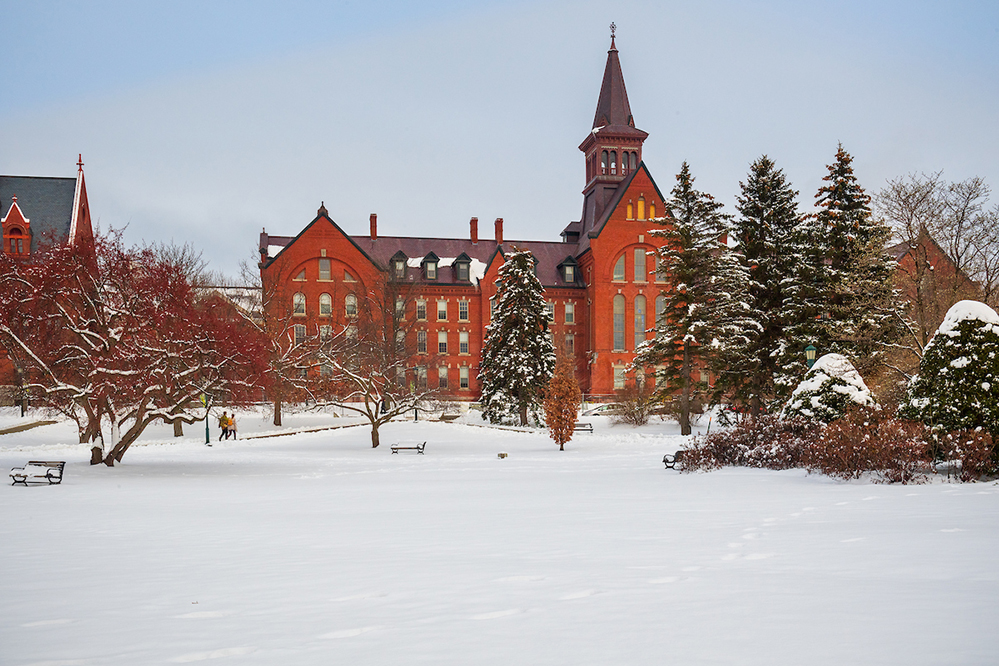
Susso earned a bachelor’s degree in political science and history from the University of Vermont and took his law school entrance exam, but a trusted advisor steered him in another direction. By the time he would defend immigrant kids in the courtroom, they’d be headed to jail or targeted for deportation, the advisor said. Perhaps, she suggested, there was another way to empower these children.
Susso considered her advice and reflected on the wisdom of Nelson Madela, who once called education “the most powerful weapon which you can use to change the world.”
Suddenly, a new plan revealed itself: Susso would become a teacher.
“My mission was clear: When these kids graduate, they have avenues to have a better quality of life that they mightn’t have otherwise,” he said.
A worthwhile journey
Susso’s students have already been accepted to numerous area colleges this year, with many aspiring to transfer to bigger-name schools once they master English. It’s what they hope will help build their legacy, a frequent topic in Susso’s Morning Class.
Some of his students arrived in the United States on their own. Others flew across the globe with a single, similarly aged sibling, reuniting with a mother or father whom they hadn’t seen in years.
Anarosa Encarnacion, the senior who was grappling wih her college essay, has already felt the sting of xenophobia in her new home, most notably when a man told her and her family as they dined in a restaurant that they should speak English. “I just stayed quiet,” said the teen, who came to the U.S. from the Dominican Republic.
Susso uses these instances as teachable moments, giving his students tools to navigate such painful interactions.
“One of the things we discuss is that the way people treat you has more to do with them than you,” he said. “Other people’s reaction to you is really not your issue.”
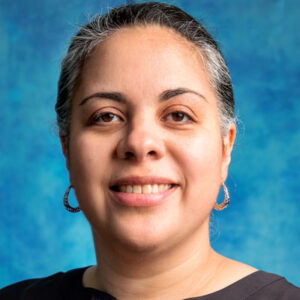
Principal Cabarcas said many of the students Susso worked with would have dropped out or taken far longer to graduate without his intervention, including the chance to attend his Morning Class.
“It was relevant and meaningful,” Cabarcas said. “Students could put that knowledge to use right away. They really saw how it would affect them — both in the moment and in the future.”
She’s thrilled that the widely recognized social studies teacher has chosen to remain on staff, to make the two-hour commute each way to teach at her school and return to the community that needs him.
Susso has had many other job offers and could easily teach closer to home: The father of three still lives in Poughkeepsie because it’s near his wife’s workplace. But no school or neighborhood would have as high a population of newcomer students as his, he said.
“Why do I commute four hours a day to teach them?” he asked. “It is a journey that is well worth it.”
Disclosure: The Walton Family Foundation provides financial support to both the Weave Project and The 74.
Lead Image: Alhassan Susso stands with a group of his students in front of a mural outside International Community High School in the South Bronx. Left to Right: Alhassan Susso, Adama Bah, Habi Kane, Amy Samb and Anarosa Encarnacion. (Jo Napolitano)
Get stories like these delivered straight to your inbox. Sign up for The 74 Newsletter

